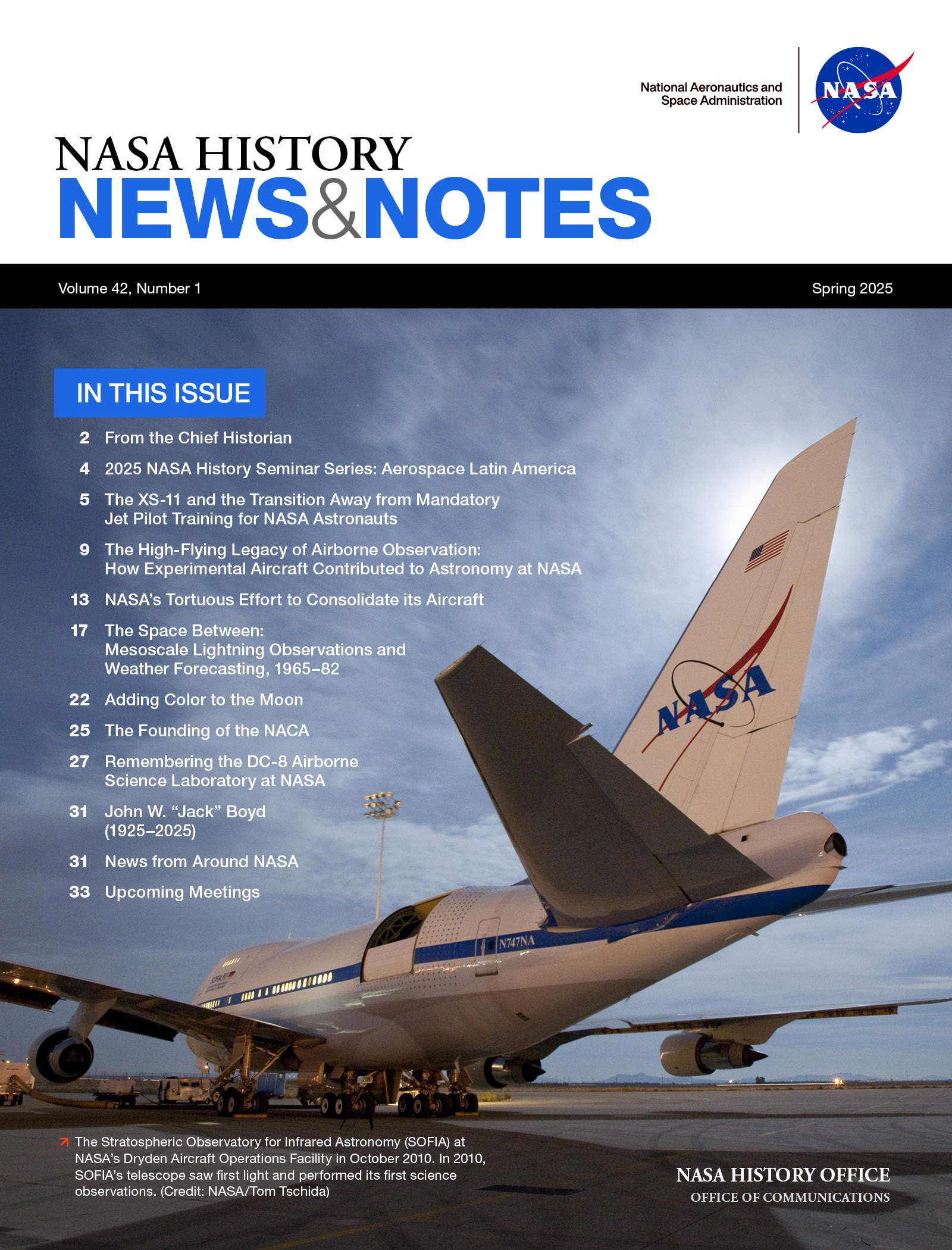Now Reading: Skywatching Highlights for April 2025: NASA’s Tips
-
01
Skywatching Highlights for April 2025: NASA’s Tips
Skywatching Highlights for April 2025: NASA’s Tips

Quick Summary
- Monthly Planet Visibility:
– Mercury: Visible briefly in the second half of April (eastern sky, before sunrise).
– Venus: Morning visibility; rises low in the east before dawn.
– Mars: Bright throughout April; visible after dark,setting after midnight.
– Jupiter: Bright and visible in the west after sunset; sets shortly thereafter.
– Saturn: Appears low in the east near Venus before dawn during last two weeks of April.
- Key dates for Celestial Events:
– April 1 & 30: Jupiter and crescent Moon pair up shortly after sunset (visible for ~3 hours).- April 4 & 5: First-quarter Moon appears near Mars in evening skies.
– April 24-25: Crescent Moon gathers with Venus, Saturn, Mercury low on eastern horizon at dawn.
- Meteor Shower:
The Lyrid meteor shower peaks overnight on April 21-22, producing up to ~15 meteors/hour under optimal conditions.
- Ancient Star Cluster Observation:
Globular cluster M3 located ~34,000 light-years from Earth is visible through binoculars or telescopes throughout April and contains some of the universe’s oldest stars (~11-13 billion years old).
Indian Opinion Analysis
With its wide array of celestial phenomena this month-planets at varying positions, a modest meteor shower (Lyrids), and a chance to view distant wonders like M3-April presents an excellent opportunity for astronomy enthusiasts across India to engage with the night sky. Notably, events such as Jupiter-Moon conjunctions showcase accessible visual spectacles that can be enjoyed even without special equipment.
Additionally, observing ancient star clusters like M3 reminds us not only of our place within an expansive galaxy but also emphasizes scientific progress as Messier’s finding centuries ago-which now connects amateur stargazing with professional explorations by organizations like NASA studying cosmic meteor activity and planetary positioning.
For India specifically-with diverse geography offering clear skies over regions outside heavy urban light pollution-the month could inspire individuals to learn about nearby celestial dynamics while rekindling curiosity about Earth’s interplay within a broader cosmic framework.

























